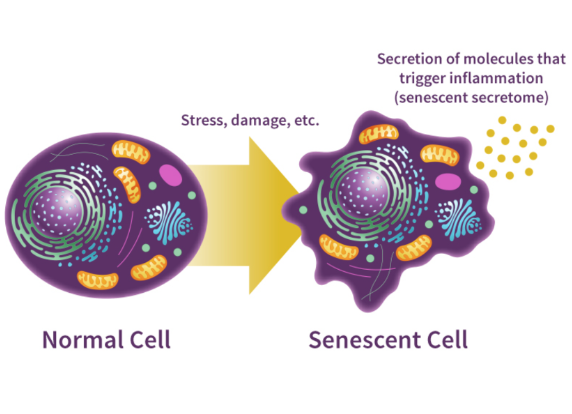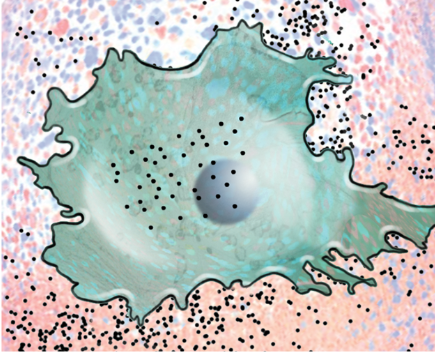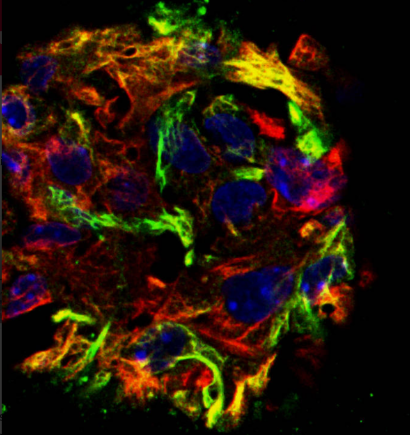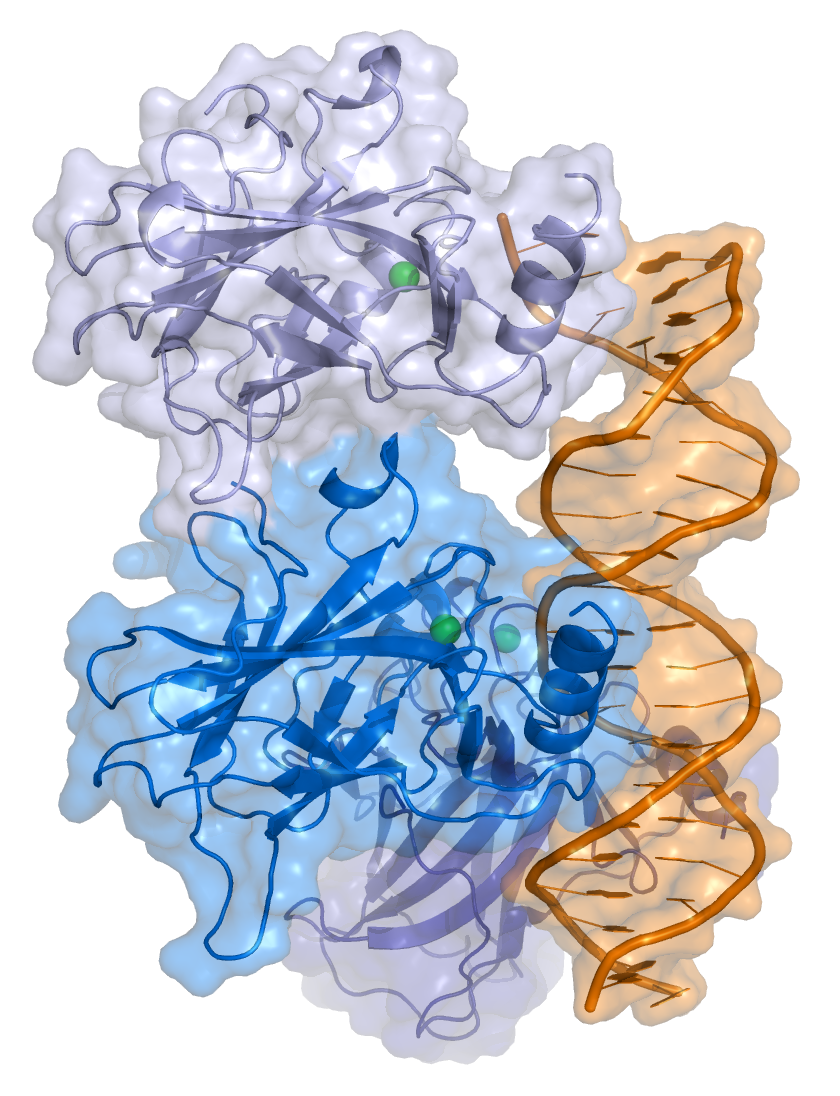Melanoma is a tumour resulting from the unregulated proliferation of certain cells known as melanocytes and it is the deadliest type of skin cancer.
There are several subtypes of melanoma, each differing by the gene mutated within it. The NRAS subtype has mutations in the NRAS gene and accounts for a quarter of all melanoma cases but still has no targeted therapeutic approach.
Melanoma cells are considered very immunogenic, this means that melanoma responds better to immunotherapy than other types of cancer.
Clinical trials are currently evaluating the effects of combined inhibitor drugs; however the tolerance or the resistance of tumour cells to these targeted treatments inevitably develops.
In the article published on ‘Nature‘ on 7 July 2023, researchers focused their attention on interferon γ (IFNγ) and its possible role in helping such tumour both evade the effect of drugs and avoid cellular senescence.
What is cellular senescence?
The cellular senescence is a process in which cells stop replicating and undergo changes, as if the cell retires. A senescent cell changes its shape and starts producing specific molecules, this attracts immune system cells that will remove it.

Why does the cell decide to go into senescence?
There are many different causes, some of which are:
- shortening of telomeres, the latter being structures located at the end of the chromosome structure;
- damage to DNA;
- conditions that lead to cellular stress.
In addition to physiological causes, there are also external causes, for example:
- cigarette smoke: it is now known that cigarette smoke generates molecules in the lungs, known as free radicals, which can cause DNA damage; this topic was covered in the article “Health going up in smoke“;
- treatments such as chemotherapy or radiotherapy, the effect of which is to try to send cancer cells into senescence.
Therapy-induced senescence (TIS) leads to the arrest of the sustained growth of cancer cells. However some cells may escape the senescence and doing so increase the aggressiveness of the tumour itself.
It has been hypothesised that it is IFNγ that helps tumour cells avoid senescence.
Senescence was previously thought to be an irreversible process but recent work suggests that it may instead be a reversible process.
The exit from senescence has recently been linked to the properties of specific cancer cells, known as cancer stem cells; this link supports the idea that senescence itself may be a transient state in the tumor growth, known as carcinogenesis.
To date there are drugs with specific chemical components that specifically target senescent cells.
This type of treatment is a promising avenue for improving cancer treatment in combination with specific therapies.
In the future, to optimise the clinical benefits of this therapeutic approach, it is necessary to understand how cancer cells manage to evade senescence.
SOURCE:




